The Paper of the Month November
11 Nov 2022The Evolving Therapeutic Landscape of Acute Stroke Care: the addition of Tenecteplase to our arsenal

Title: The Evolving Therapeutic Landscape of Acute Stroke Care: the addition of Tenecteplase to our arsenal
“The power to question is the basis of all human progress” – Indira Gandhi (1917-1984), Indian statesman
Author: Prof. Dr. Gustavo Saposnik – WSA Editor in Chief
This article is a commentary on the following
Summary: AcT is multicentre, open-label, pragmatic randomised, controlled trial, patients with a diagnosis of a disabling ischemic stroke presenting within 4·5 h of symptom onset were randomly assigned (1:1) to either intravenous tenecteplase (0·25 mg/kg to a maximum of 25 mg) or alteplase (0·9 mg/kg to a maximum of 90mg; 0·09 mg/kg as a bolus and then a 60 min infusion of the remaining 0·81 mg/kg).1 The primary outcome was the proportion of patients who had a modified Rankin Scale (mRS) score of 0–1 at 90–120 days after treatment. Non-inferiority criterion was set as the lower 95% CI of the difference in the proportion of patients who met the primary outcome between the tenecteplase and alteplase groups was greater than –5%.
Overall, 1600 patients were enrolled and randomly assigned to tenecteplase (n=816) or alteplase (n=784). The median age was 74 years (IQR 63–83), with a median NIHSS of 9-10 [IQR 6-17]. There were 36.9% (296/802) of patients in the tenecteplase group and 34.8% (266/765) in the alteplase group that achieved a mRS score of 0–1 at 90–120 days, meeting the prespecified non-inferiority threshold (unadjusted risk difference 2·1% [95% CI – 2·6 to 6·9]. There were no significant differences in the 24 h symptomatic intracerebral haemorrhage or death at 90 days. The authors concluded that Intravenous tenecteplase (0·25 mg/kg) is a reasonable alternative to alteplase for all patients presenting with acute ischaemic stroke who meet standard criteria for thrombolysis.1
Commentary: The therapeutic landscape of acute stroke care is rapidly evolving following small improvements during the reign of alteplase for 20 years. It took us time to question and challenge of the new standard of care in 1995 before succeeding with new paradigms of treatments in acute stroke. 2, 3
AcT is the first phase 3 RCT comparing tenecteplase vs. alteplase in patients with an acute ischemic stroke within 4.5 hours from symptoms onset. The authors showed that tenecteplase was non-inferior to alteplase, becoming a useful alternative given the easier administration (not requiring an infusion), longer half-life and higher fibrin specificity.1
A previous meta-analysis from 6 non-randomized studies comprising 1820 patients showed higher odds of good functional outcome at 3 months (adjusted OR, 1.60, 95% CI, 1.08-2.37) higher likelihood of successful recanalization (adjusted OR, 2.38; 95% CI, 1.18-4.81), and early
neurological improvement without a significant increase in intracranial haemorrhage.4 Similar results were found in other meta-analyses with different inclusion criteria.5-9
More ongoing studies will help determine the likelihood of a favorable outcome based on patients’ characteristics (demographics, comorbid conditions, frailty), brain imaging, time/tissue window. The interviews to Drs. Menon and Buck (principal authors of AcT trial) shed light to some challenging case-scenarios (in the “chicken or tiger” game) and provide their view on the current status of Tenecteplase in acute stroke care.
Dr. Gustavo Saposnik
Editor-in-Chief, World Stroke Academy for the WSO
e-mail: Gustavo.saposnik@unityhealth.to Twitter: @gsaposnik
Disclosure: Dr. Gustavo Saposnik participated in an advisory board organized by Roche Canada regarding the current evidence of Tenecteplase in the management of acute ischemic stroke. The views in this editorial are the sole reflection of Dr. Saposnik and may not represent the view of the WSA/WSO.
References
- Menon BK, Buck BH, Singh N, Deschaintre Y, Almekhlafi MA, Coutts SB, et al. Intravenous tenecteplase compared with alteplase for acute ischaemic stroke in canada (act): A pragmatic, multicentre, open-label, registry-linked, randomised, controlled, non-inferiority trial. Lancet. 2022;400:161-169
- National Institute of Neurological D, Stroke rt PASSG. Tissue plasminogen activator for acute ischemic stroke. N Engl J Med. 1995;333:1581-1587
- Muir KW, Saposnik G. Current state and future for emerging stroke therapies: Reflections and reactions. Stroke. 2022;53:2082-2084
- Katsanos AH, Psychogios K, Turc G, Sacco S, de Sousa DA, De Marchis GM, et al. Off-label use of tenecteplase for the treatment of acute ischemic stroke: A systematic review and meta-analysis. JAMA Netw Open. 2022;5:e224506
- Burgos AM, Saver JL. Evidence that tenecteplase is noninferior to alteplase for acute ischemic stroke: Meta-analysis of 5 randomized trials. Stroke. 2019;50:2156-2162
- Katsanos AH, Safouris A, Sarraj A, Magoufis G, Leker RR, Khatri P, et al. Intravenous thrombolysis with tenecteplase in patients with large vessel occlusions: Systematic review and meta-analysis. Stroke. 2021;52:308-312
- Kheiri B, Osman M, Abdalla A, Haykal T, Ahmed S, Hassan M, et al. Tenecteplase versus alteplase for management of acute ischemic stroke: A pairwise and network meta-analysis of randomized clinical trials. J Thromb Thrombolysis. 2018;46:440-450
- Ma P, Zhang Y, Chang L, Li X, Diao Y, Chang H, et al. Tenecteplase vs. Alteplase for the treatment of patients with acute ischemic stroke: A systematic review and meta-analysis. Journal of Neurology. 2022;269:5262-5271
- Oliveira M, Fidalgo M, Fontao L, Antao J, Marques S, Afreixo V, et al. Tenecteplase for thrombolysis in stroke patients: Systematic review with meta-analysis. Am J Emerg Med. 2021;42:31-37
Video Interview

